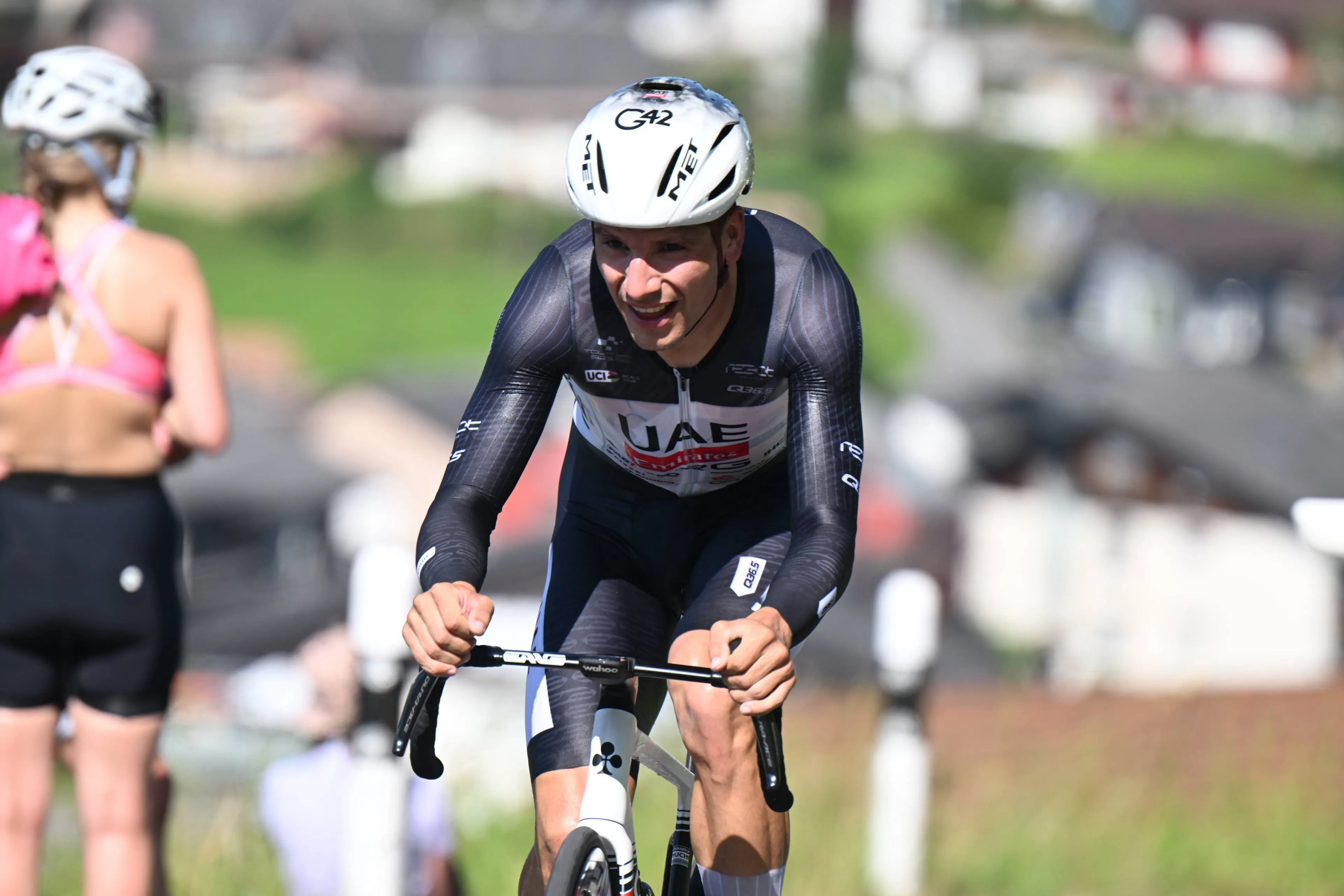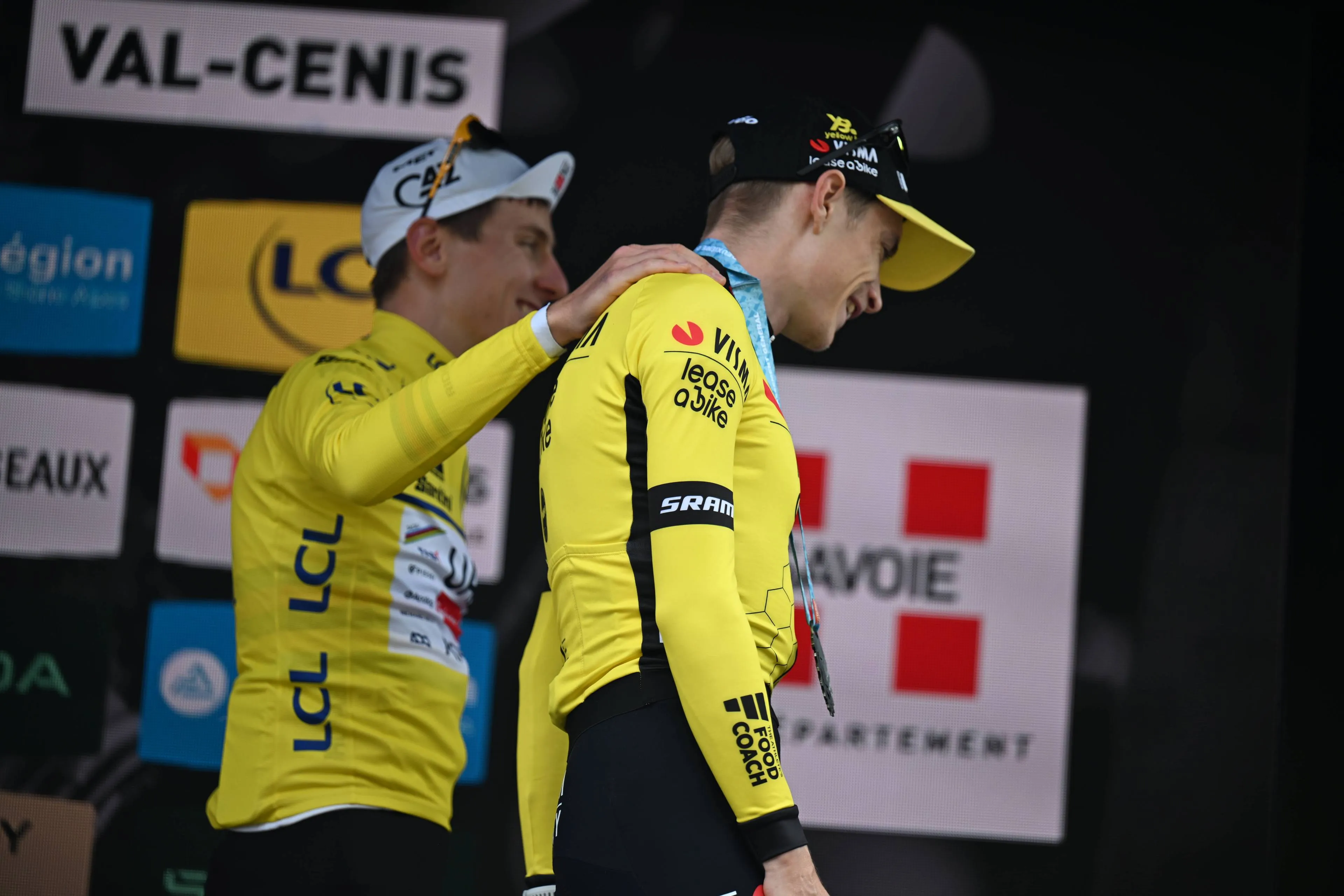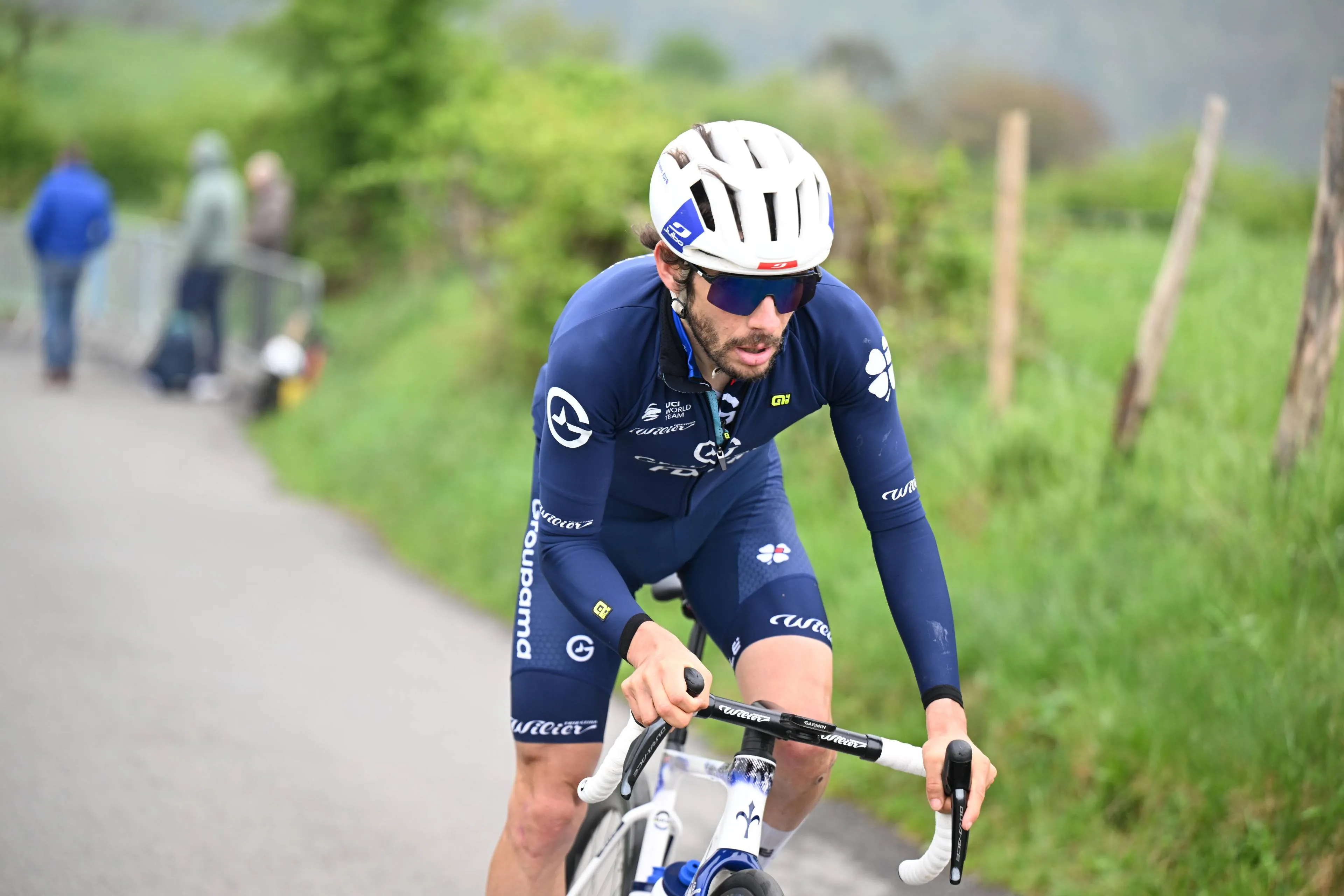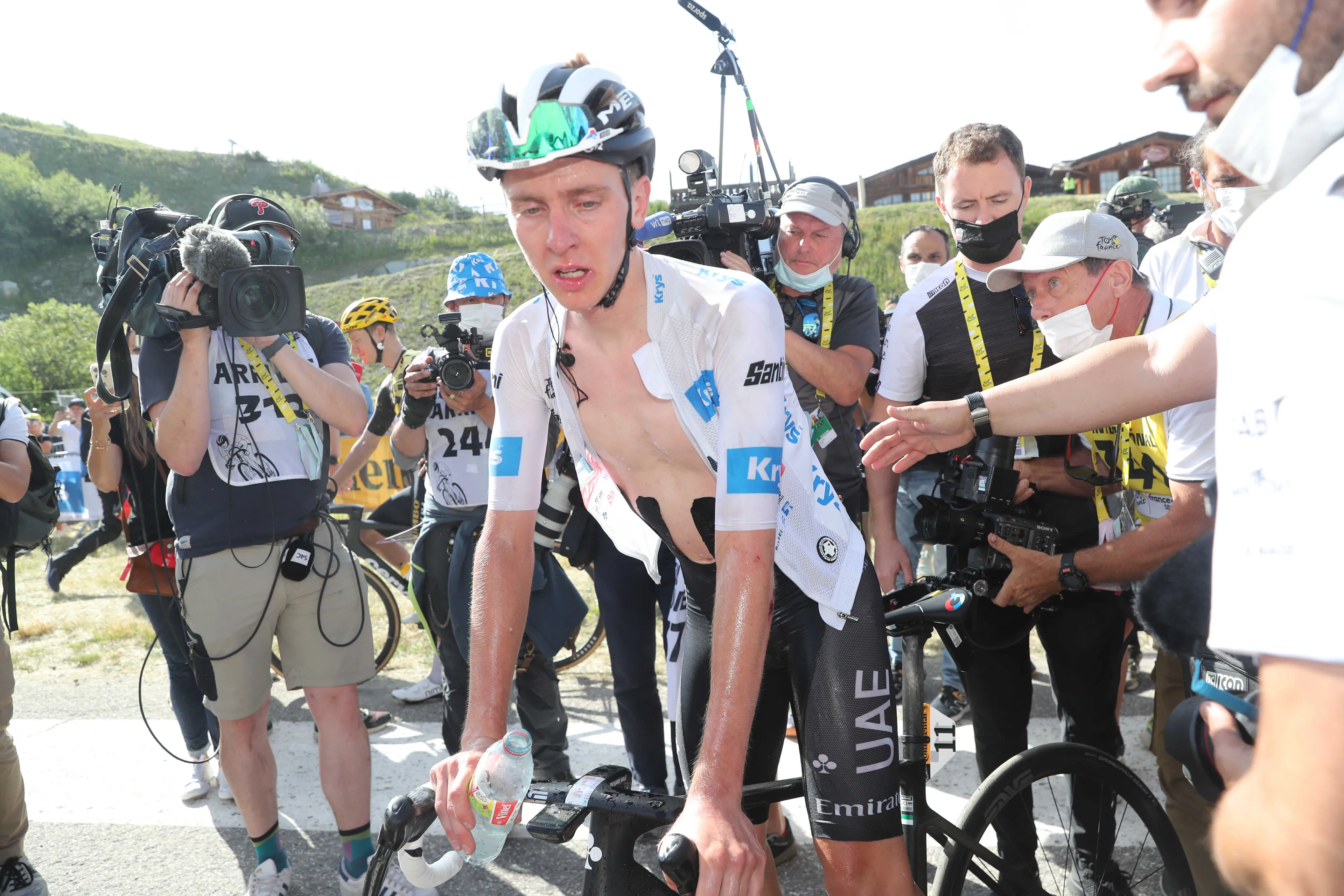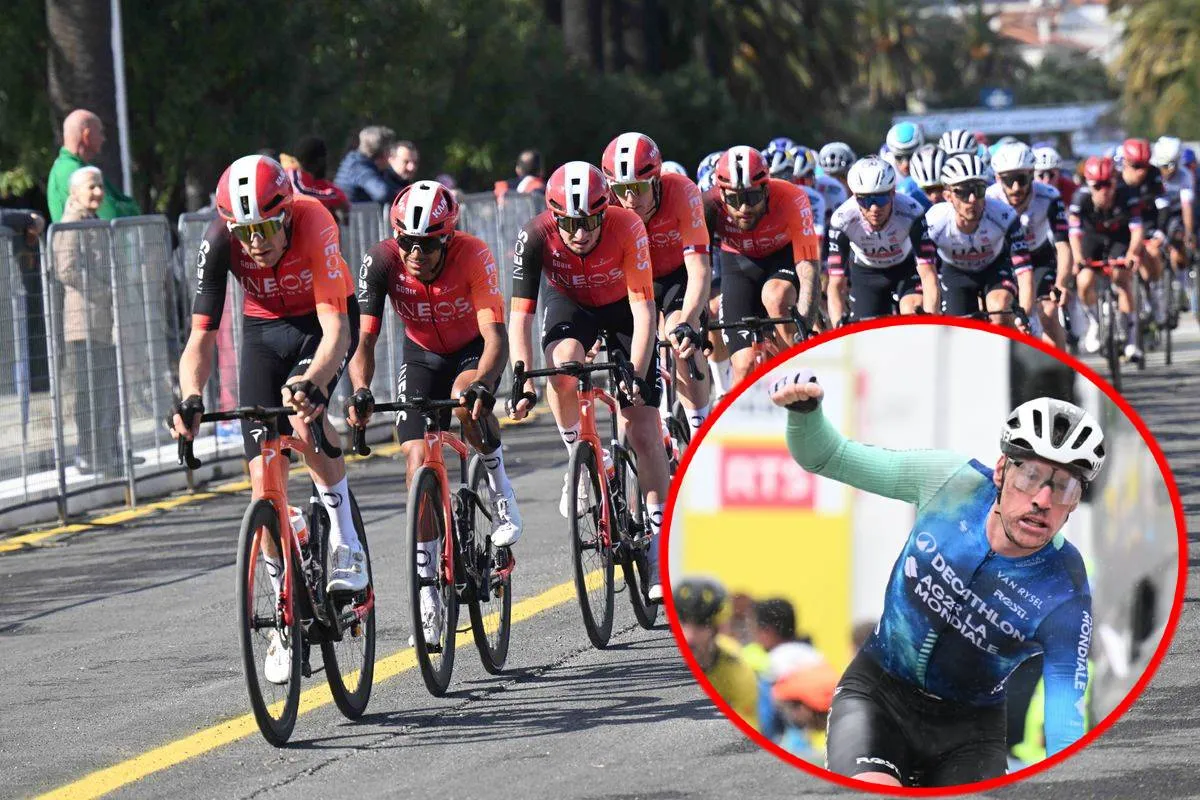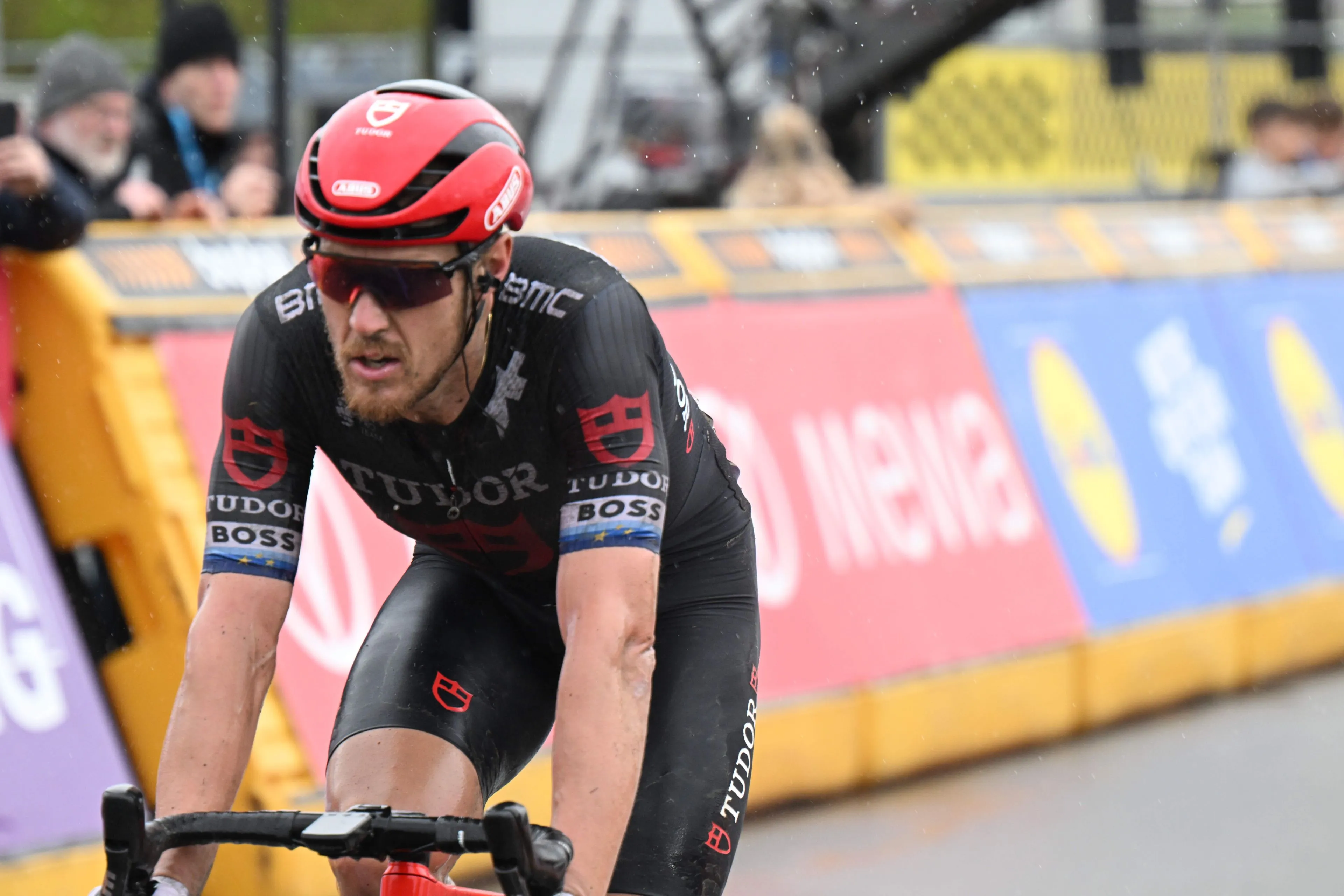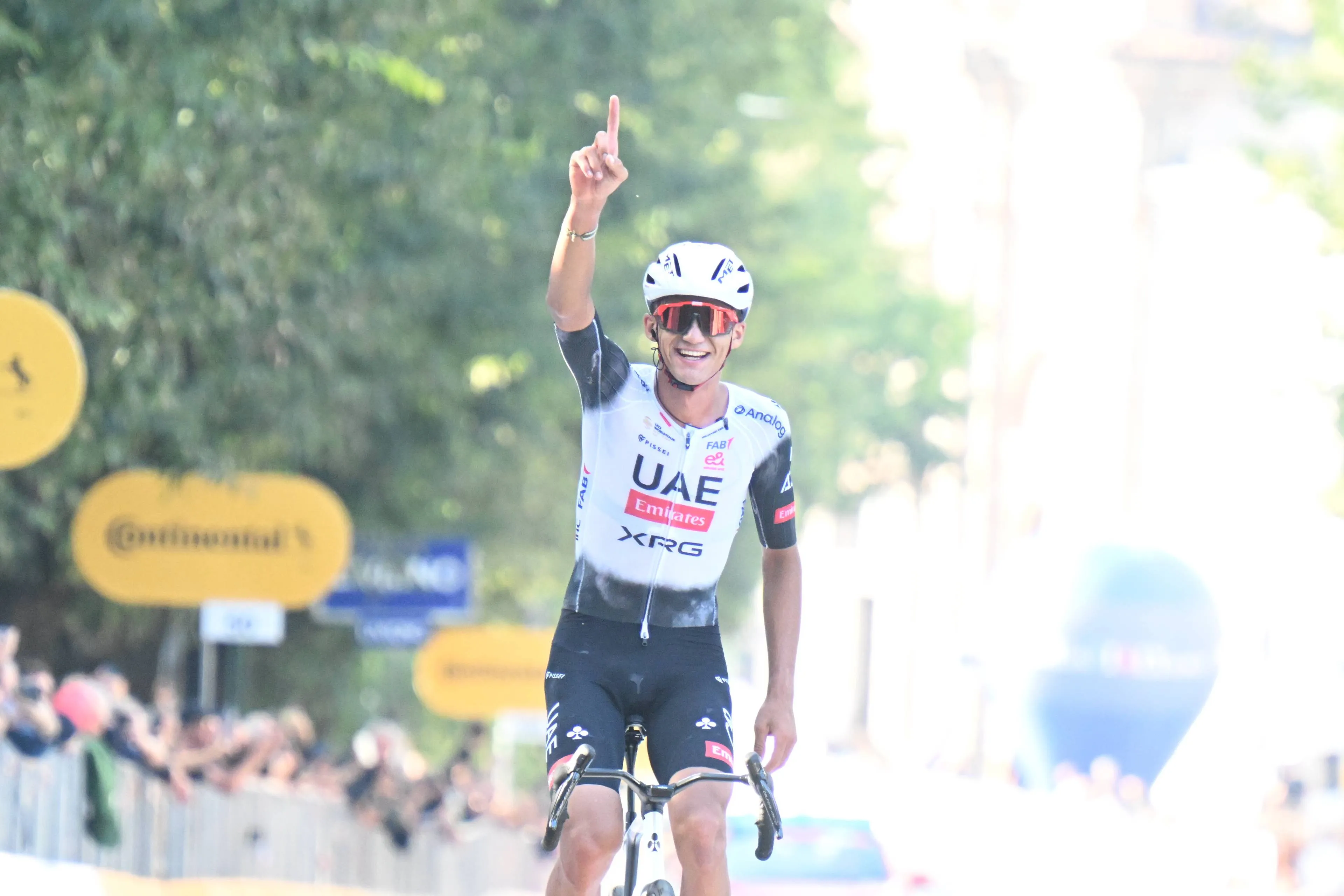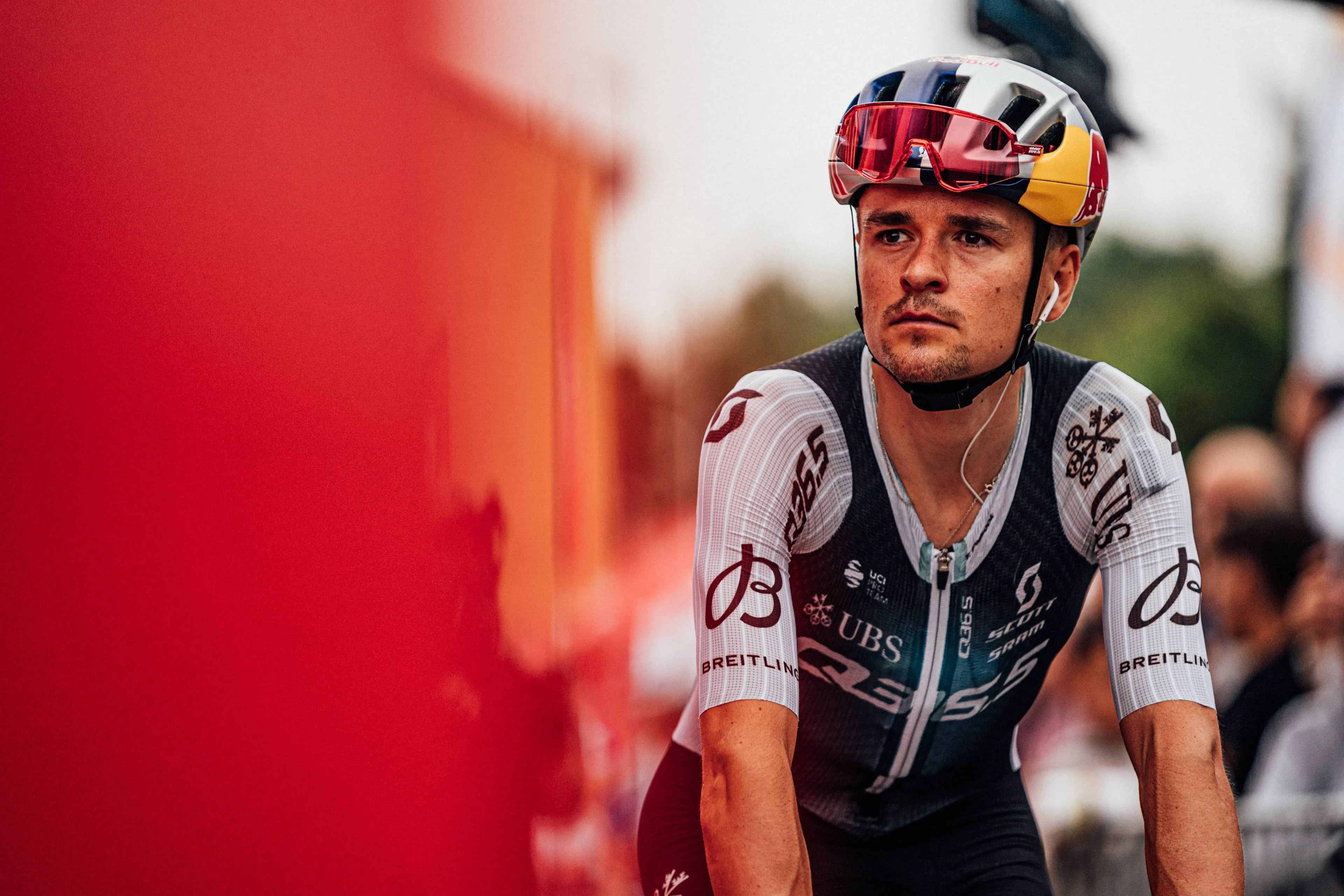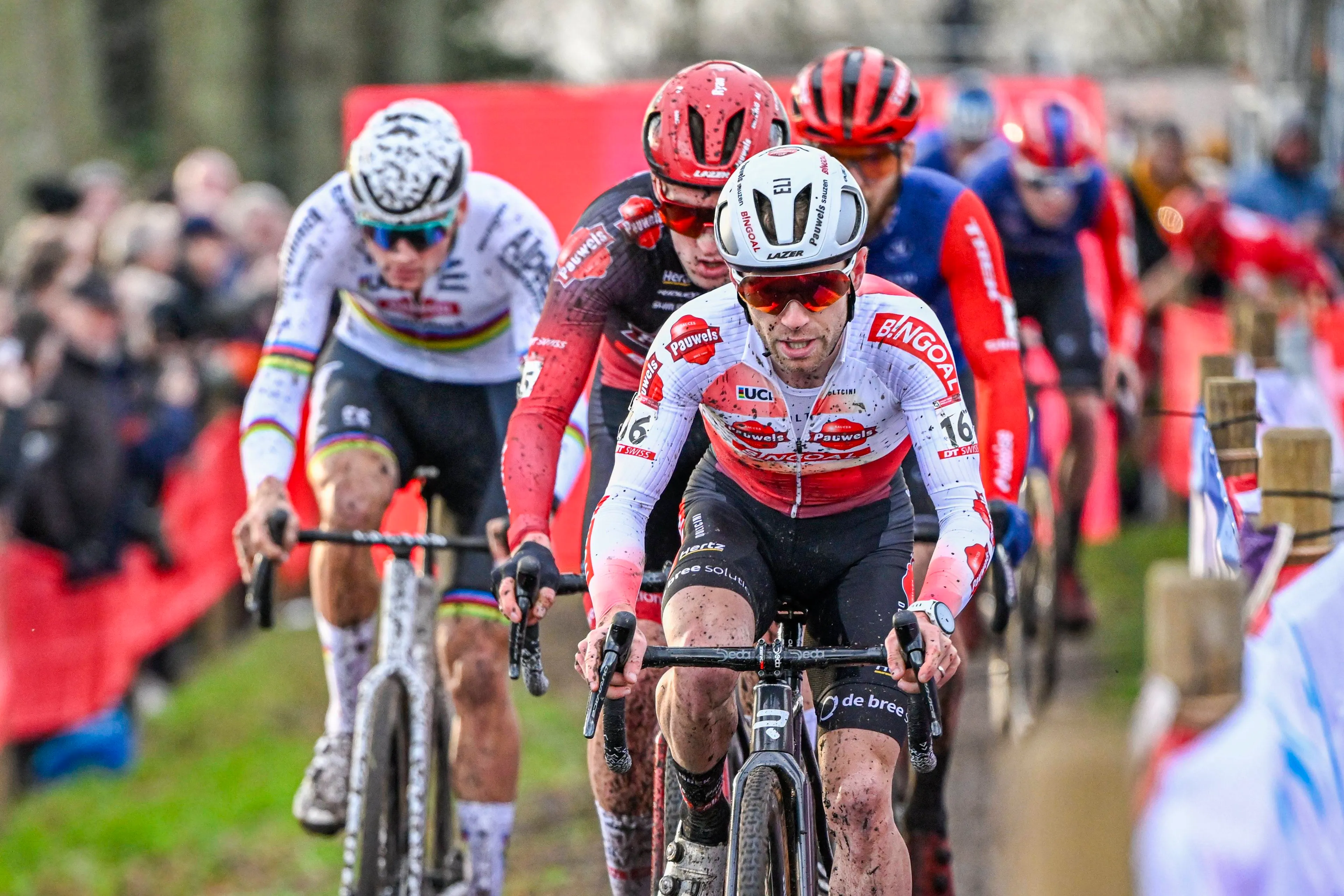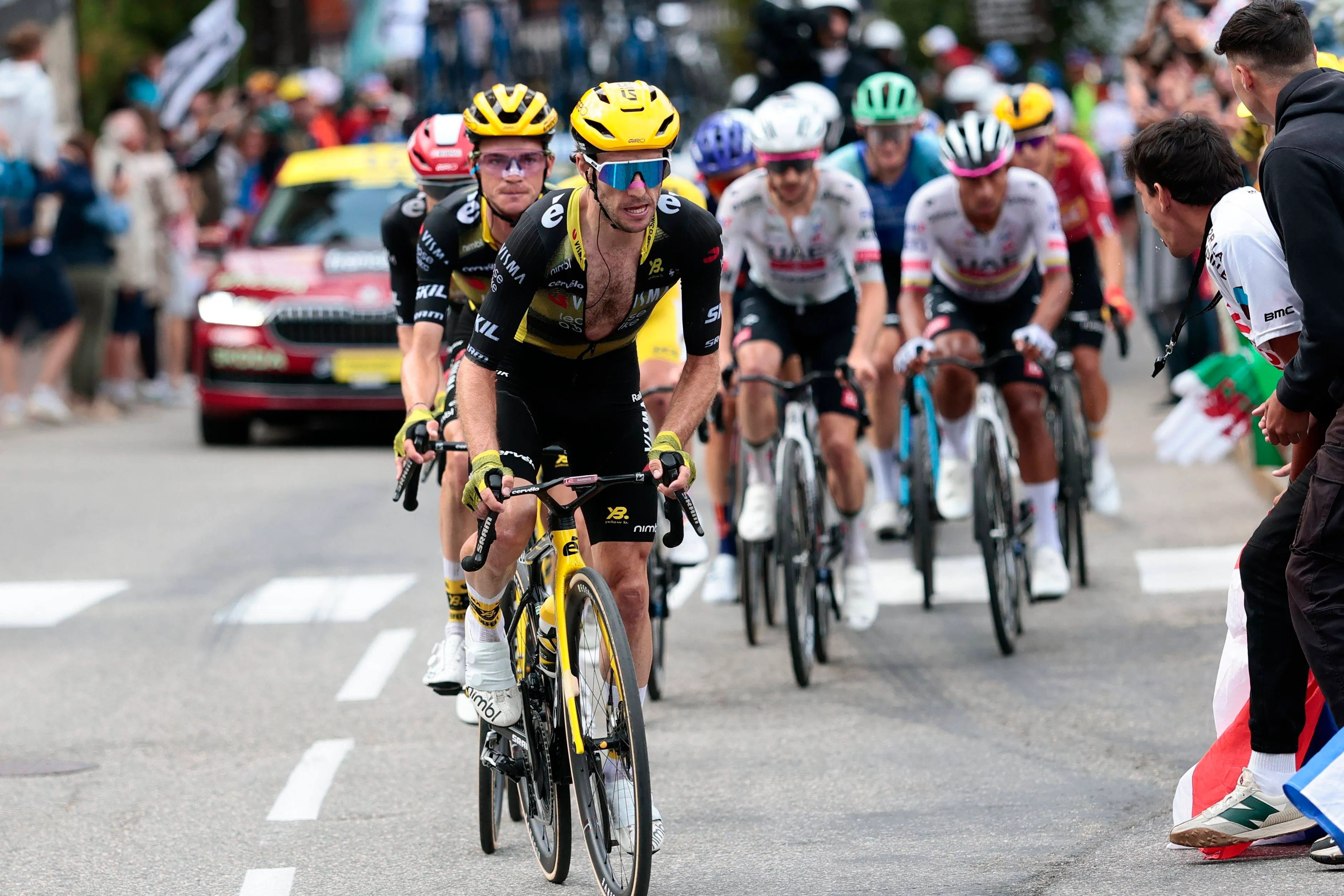Countdown to the Tour de France: 9 days | Chris Froome’s greatest moments and rivals featuring Mont Ventoux and Bradley Wiggins
CyclingThursday, 26 June 2025 at 21:30
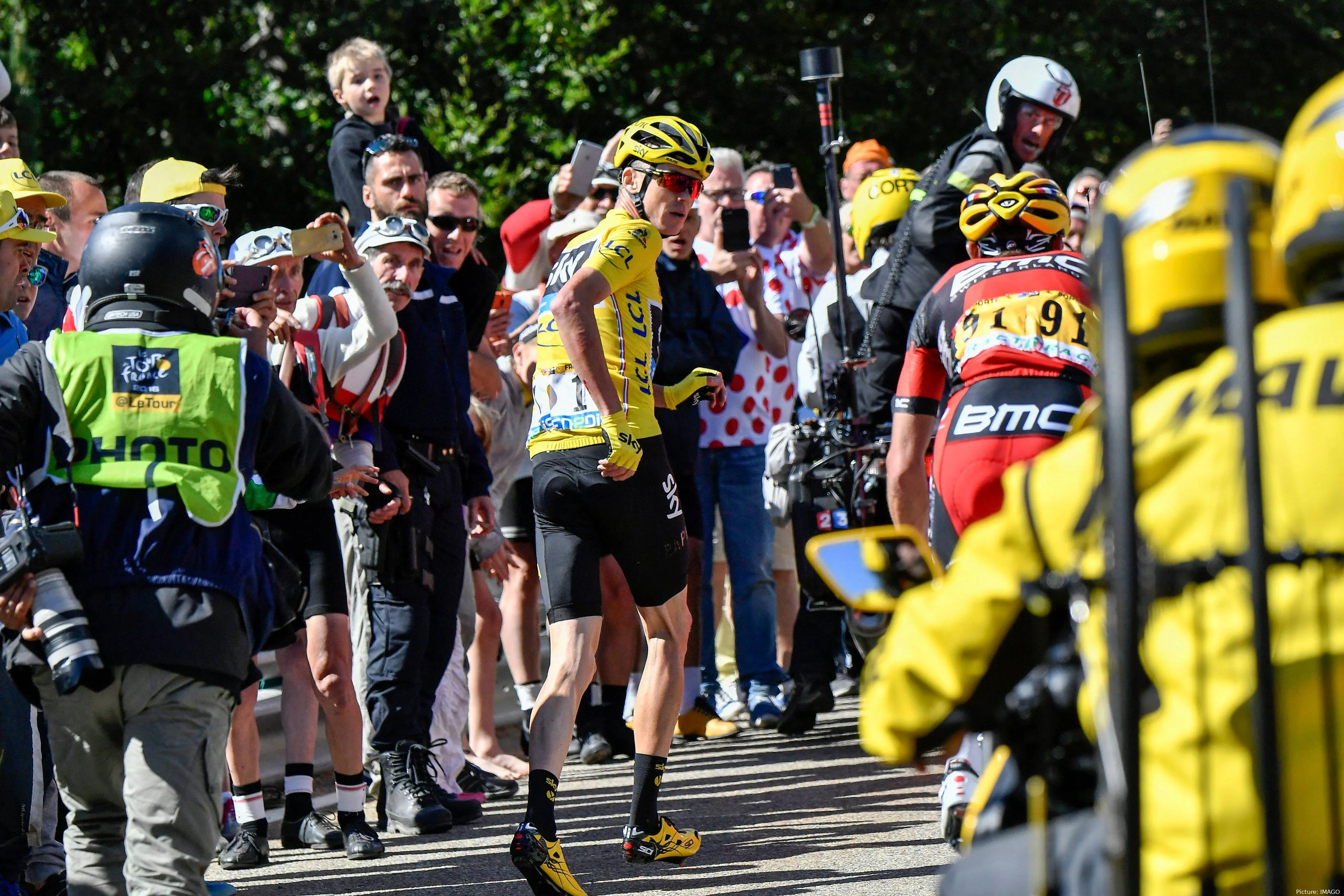
In today’s Tour de France article, we’re looking at the
legendary Tour career of Chris Froome, one of the defining riders of the Tour
de France in the past decade. Whilst the rider we have seen in recent years is
a shell of his former self, at his best, Froome was one of the greats.
The Kenyan-born Brit accumulated four Tour de France titles
(2013, 2015, 2016, 2017) among his seven Grand Tour victories, dominating
multiple editions of cycling’s marquee race. At the height of his powers in the
2010s, there were seasons when Froome was unstoppable. His Tour reign featured
emphatic stage wins, clever race tactics, and intense duels with a host of supremely
talented rivals. As we count down to the upcoming Tour, let’s look back at
Froome’s greatest Tour de France moments and the rivals who challenged him
along the way.
Let’s take a closer look.
Read also
Bradley Wiggins – The internal battle of 2012
Chris Froome’s first major impact on the Tour came as a
supporting rider, albeit one visibly and controversially stronger than his
leader at times. In 2012, Froome was the super domestique for Sir Bradley
Wiggins, who was en route to becoming Britain’s first Tour de France winner.
Froome’s climbing endurance was on full display; he even won
a mountain stage at La Planche des
Belles Filles(Stage 7) and ultimately finished second overall behind Wiggins.
The defining image of that Tour was Froome dropping Wiggins on Stage 11 to La
Toussuire, before being instructed by Team Sky to wait for his captain.
Froome’s acceleration 4 km from the summit left Wiggins
struggling to keep pace until the team car intervened, underscoring the
delicate dynamic within Sky. Froome dutifully sat up and helped pace Wiggins
for the rest of the climb, but the incident hinted at underlying tension. “No
mutiny… not now,” Froome said coyly when asked about that moment.
Read also
In the end, Froome’s loyalty helped deliver Wiggins the win,
the first British Tour winner, but the La Toussuire episode demonstrated
Froome’s Tour-winning potential. It set the stage for an uneasy rivalry with
Wiggins, but that was one that never truly materialized on the road again, as
Wiggins bowed out of Tour competition thereafter, paving the way for Froome.
Alberto Contador – Passing the torch in 2013
By the 2013 Tour de France, Froome had emerged as Sky’s
clear leader, and he faced off against one of the sport’s established
champions: Alberto Contador. Contador, a two-time Tour winner returning from
suspension, was touted as Froome’s biggest threat.
But Froome firmly
seized control of the 100th Tour, delivering a commanding performance that many
saw as a changing of the guard. His most iconic moment came on Mont Ventoux in
Stage 15, where Froome launched a devastating solo attack that left both
Contador and a young Nairo Quintana in his wake.
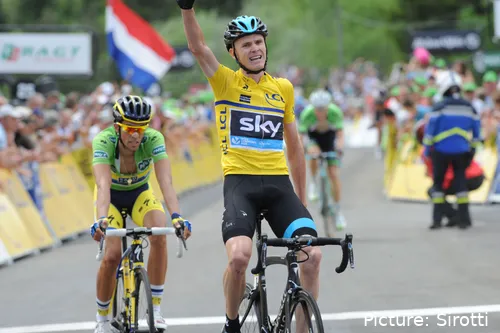
Froome and Contador had some iconic battles
Such was the effort that Froome needed oxygen at the summit
finish, having pushed himself to the limit, and seemingly beyond. That day,
Contador simply could not respond to Froome’s accelerations, and the Spaniard
was defeat. Froome’s dominance was comprehensive that year, and he would go on
to win the 2013 Tour by 4 minutes 20 seconds over runner-up Quintana.
Nairo Quintana battles
If any rival truly pushed Froome to his limits at the Tour,
it was Nairo Quintana. The Colombian climber and Froome engaged in a spirited
rivalry spanning multiple Tours, with Quintana coming closest to toppling
Froome.
Their first encounter was in 2013, where the then-rookie
Quintana animated the mountain stages but ultimately couldn’t crack Froome’s
grip on the race. Quintana did finish a remarkable second overall in 2013,
though Froome’s winning margin was comfortable.
Read also
Fast forward to the 2015 Tour de France, and the
Froome–Quintana duel reached its dramatic peak. Froome started that Tour in
blazing form (even taking a solo stage win on La Pierre-Saint-Martin), but
Quintana bided his time until the brutal Alpine finales. On the penultimate
Stage 20 to Alpe d’Huez, Quintana launched a late attack, and the Movistar
rider clawed back significant time, forcing Froome to dig deep to defend the
yellow jersey.
As they ascended the famed 21 hairpins of Alpe d’Huez,
Froome was isolated with only one teammate left and “was not on his best day.”
Quintana’s uphill charge cut Froome’s lead to just 1 minute 12 seconds by the
finish in a seriously close call.
Read also
Froome’s ability to limit his losses with the help of his
team was just enough to secure his second Tour win the next day. In the final
tally, Quintana was runner-up to Froome by that 1’12” margin, having truly
tested him in the Alps. Froome later acknowledged Quintana as one of his
fiercest Tour rivals, and indeed, Quintana finished second to Froome twice
(2013 and 2015) and never stopped trying to unseat him. Their battles in the
high mountains, Froome in yellow, Quintana in Movistar blue, became a hallmark
of the mid-2010s Tours. While Quintana ultimately never beat Froome at the
Tour, he succeeded in pushing Froome to deliver some of his best performances.
Vincenzo Nibali – 2014 and 2015
Another Grand Tour titan of Froome’s era was Vincenzo
Nibali, known as “The Shark of Messina.” Nibali’s direct Tour de France
confrontations with Froome had a mix of misfortune and true head to head
battles.
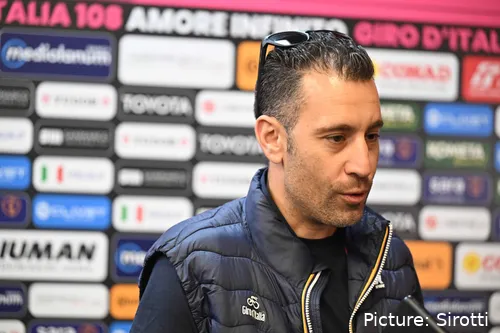
Nibali won the Tour in 2014
In 2014, Nibali took full advantage of Froome’s early race
crash and abandonment. With the defending champion out, Nibali dominated that
Tour, claiming the yellow jersey and finishing 7 minutes ahead of the field.
Froome’s absence meant we didn’t see a head-to-head that year, but Nibali’s
emphatic victory highlighted that he was a rival capable of winning cycling’s
biggest prize when Froome faltered.
The following 2015 Tour provided a more direct Froome–Nibali
encounter. Nibali was the reigning champion, but a tough first week put him on
the back foot as Froome soared into the lead. Refusing to go quietly, Nibali
launched a bold Alpine offensive in the race’s final days. On Stage 19 to La
Toussuire, the Italian attacked on the Col de la Croix de Fer and soloed to a
win, salvaging his Tour with a prestigious stage victory, although he still
missed out on the podium.
Read also
Froome, hindered by a brief mechanical problem during
Nibali’s attack, momentarily appeared vulnerable as Nibali rode away. Froome
lost some time by the finish, and tensions flared when he confronted Nibali for
attacking at the moment of his mechanical issue. Yet, despite the time Froome
conceded to Quintana and Nibali, he remained securely in yellow.
In the end, Nibali’s charge only earned him fourth overall
in 2015, but his stage win demonstrated his fighting spirit. Froome himself
always spoke with respect about Nibali’s capabilities, counting him among the
rivals who “need the same level of respect” in a Tour GC battle.
While Nibali never beat a full-strength Froome at the Tour
(his 2014 title came in Froome’s absence), he remains the only other rider of
that generation to have won all three Grand Tours. The Froome vs Nibali
narrative is one of mutual respect and what-ifs, as we rarely saw them go
head-to-head for the title due to crashes and calendar choices, but when the
opportunity arose, the Shark did not hesitate to attack Froome in his own
waters.
Read also
Romain Bardet and the French Challenges (2016–2017)
Throughout Froome’s reign, French fans yearned for a home
hero to dethrone him. The closest they came was Romain Bardet, who emerged as
France’s best Tour GC contender during Froome’s dominance.
In 2016, Bardet provided a dramatic late twist in the Alps.
Froome had been in commanding form, even unveiling an unconventional downhill
attack to win Stage 8, and held a comfortable lead. But on a rainy Stage 19 in
the Alps, Froome hit a patch of slick tarmac and crashed on a descent, briefly
opening the door for his rivals.
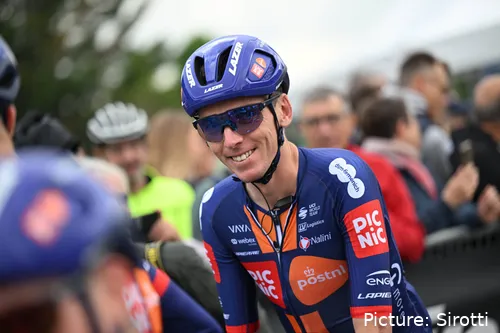
Bardet retired after the 2025 Dauphine
Sensing an opportunity, Bardet attacked on the penultimate
climb and went on to win the stage in Saint-Gervais. As Froome remounted (borrowing a teammate’s
bike) and fought to limit the damage, Bardet’s bold move thrilled the French
fans. He soared to the stage victory, and jumped up to second overall. For a
moment, it seemed Froome could be in peril, but his class and Sky team support
shone through.
Froome, banged up but unbowed, finished that stage not far
behind Bardet’s group, conceding only minimal time, and his sizable cushion
meant the maillot jaune was never truly slipping away. In the end, Bardet
settled for second place in Paris, 4 minutes 5 seconds behind Froome.
Read also
Bardet’s Alpine ambush, however, proved that Froome could be
forced into defensive mode, and Bardet allowed French fans to dream once more.
Again in 2017, Bardet animated the battle, winning a
Pyrenean stage and finishing third overall, though Froome’s triumph that year
was more about managing multiple small threats (Bardet, Rigoberto Urán, and
others) than any single rival. Still, Bardet’s aggressive descending and
attacking style earned him podiums in back-to-back Tours.
Along with compatriot Thibaut Pinot (third in 2014) and
others, he carried French hopes against Froome. Yet Froome always found an
answer, whether via a dominating time trial or an immediate counter-attack, he
kept the home nation waiting for a successor to Bernard Hinault. Bardet’s
efforts cemented him as a top rival in Froome’s Tour journey, even if he
couldn’t break the Sky stronghold, but at least the Frenchman finally donned
yellow for a stage in 2024.
Read also
Geraint Thomas 2018
By 2018, Froome had four Tour titles and was chasing an
elusive fifth, a quest to join the all-time greats. However, the biggest
challenge to Froome’s ambitions that year came from within Team Sky itself:
Geraint Thomas. The Welsh rider, long a loyal lieutenant, hit peak form and
took the 2018 Tour de France by storm.
Froome, fresh off an exhausting Giro d’Italia win earlier
that summer, arrived a bit below his absolute best. Thomas capitalized, seizing
the yellow jersey in the Alps (with back-to-back stage wins on La Rosière and
Alpe d’Huez) while Froome found himself playing catch-up.
Read also
Suddenly, the team leadership question was front and center.
Froome and Thomas handled it with professionalism, both insisting the road
would decide, and it did. In the final week, Froome had a rough day in the
Pyrenees (Stage 17) and slipped behind Thomas and Dutchman Tom Dumoulin on GC.
Realizing his own bid for a fifth Tour was over, Froome made
a gracious decision: he openly committed to help Thomas secure the win. “My
hopes are over… G has ridden such an amazing race, he deserves to be in
yellow,” Froome said, vowing to support his teammate to Paris.
It was a remarkable scene, the four-time champion riding in
service of another. Froome ultimately finished third overall, while Geraint
Thomas rode into Paris as the 2018 Tour champion. The complex dynamic with
Wiggins in 2012 had ended in some acrimony, but with Thomas, Froome struck a
far more harmonious chord. He was genuinely happy for his friend’s success and
even helped pace Thomas on key stages when needed.
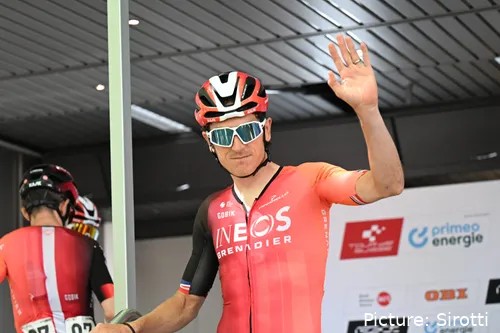
Thomas will race the Tour for the final time in 2025
In doing so, Froome further cemented his legacy, showing
that he was still very much a team player. Thomas’s victory also marked the end
of an era: it was the first Tour Froome started and didn’t win since 2012.
While he didn’t ever come close again to that fifth Tour title, Froome’s 2018
performance (which included an aggressive ride to third place after a grueling
Giro) demonstrated his leadership.
Chris Froome’s Tour de France journey is defined not only by
his four victories but also by the rivals who provoked him to greatness. From
the internal tension with Wiggins, to duels with fellow Grand Tour champions
Contador and Nibali, to the relentless climbing assaults of Quintana and the
courageous attacks of Bardet and others, Froome continually found ways to
prevail.
Regardless of the rider you see today, Froome in the 2010s
was the best GC rider out there, and that is the version of him that his fans
should remember.
claps 1visitors 1
Just in
Popular news
Latest comments
- Looks like his poor health just stomped on the rear mech of his cycling career.Onepiece09-01-2026
- she is so good. even her results from 2025, which were “bad”, would be a career year for most riders. and consider at MSR, for example, her teammate won - perhaps Lotte could have won it. wishing her the best for 2026!mij09-01-2026
- bummer - he was fun to watch and was young. had a lot left in him.mij09-01-2026
- What a fairytale day! Everything fell into place.mhfrvz09-01-2026
- Not sure you can say that someone as talented and successful as him has had bad luck, but between coming along right after the two titans and now this, his is a career cut short. Perhaps he can transition to a different role in the sport, but in any case I wish him well.MidnightRider08-01-2026
- I doubt it. This blows a hole in their ranks.mobk08-01-2026
- For a while there, Eli was the best of the rest in cyclocross behind Mathieu and Wout. It must be tough to be forced to retire early due to medical issues, but good health trumps everything else. I wish him the best in his future endeavors.
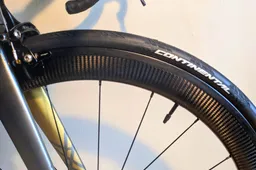 santiagobenites08-01-2026
santiagobenites08-01-2026 - however you frame it, it seems that they asked more from Ayuso (who obviously did not deliver the needed support) than they are asking from del Torro ... who - according to this quote - just needs to show up and can then ride however he likes.Ketterechts08-01-2026
- I agree that Ayuso was wrong in doing what he did at the tour, but we don't know everything behind the feud unless they all say honestly what went wrong. If he us such a rat and traitor, which it's a bit harsh, then what is to be said about Soler when he was with Movistar and didn't want to ride for Mas? I was disappointed, yes, but realize riders also have goals, and right now, UAE is all about their golden boy.Colnago-fan08-01-2026
- Yes, still sad though, that he's retiring. Anyway, best wishes for his new chaptermhfrvz08-01-2026
Loading
Write a comment


